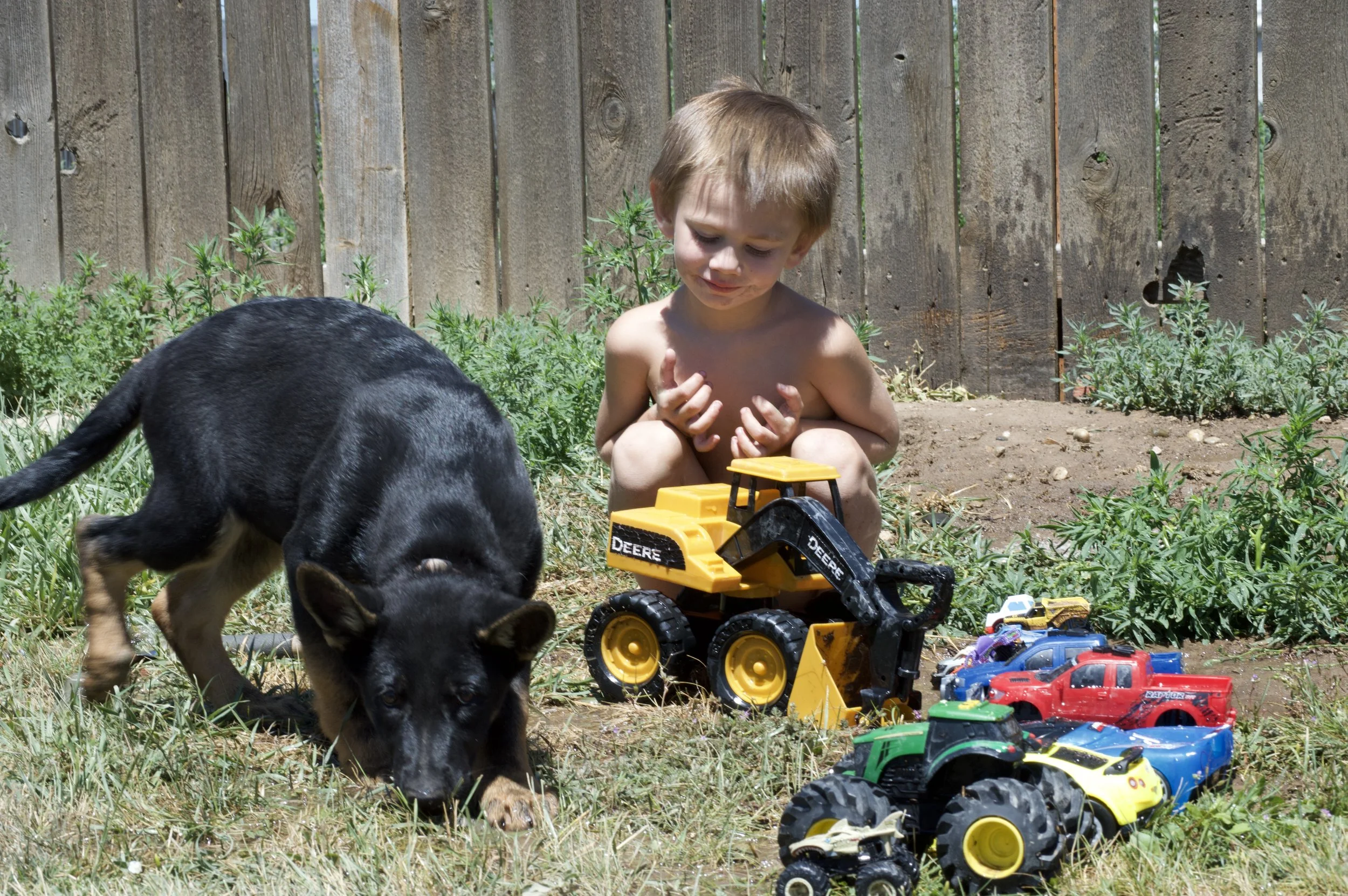Boundaries will vary upon your home.
Boundaries: Setting Rules and Expectations
Boundaries define what is allowed and not allowed in your dog’s daily life. They help create structure and consistency, making it clear to the dog what behaviors are acceptable in specific situations.
Examples of Boundaries:
• No jumping on people when greeting.
• Staying off furniture unless invited.
• Waiting at doorways before going outside.
• No begging at the dinner table.
• Respecting personal space (not pawing, nudging, or demanding attention).
Why Boundaries Matter:
• They provide clear expectations for the dog, reducing confusion.
• They prevent bad habits from forming.
• They help establish leadership and mutual respect between dog and owner.
• They create a calm and well-mannered dog in the home and public settings.
How Boundaries Are Reinforced:
• Consistency—everyone in the household follows the same rules.
• Management tools like baby gates, leashes, and crates help enforce boundaries.
• Corrections or redirections when the boundary is broken (e.g., gently removing a dog from the couch if they jump up uninvited).
• Rewarding the dog for respecting boundaries (praise, treats, or access to privileges).
